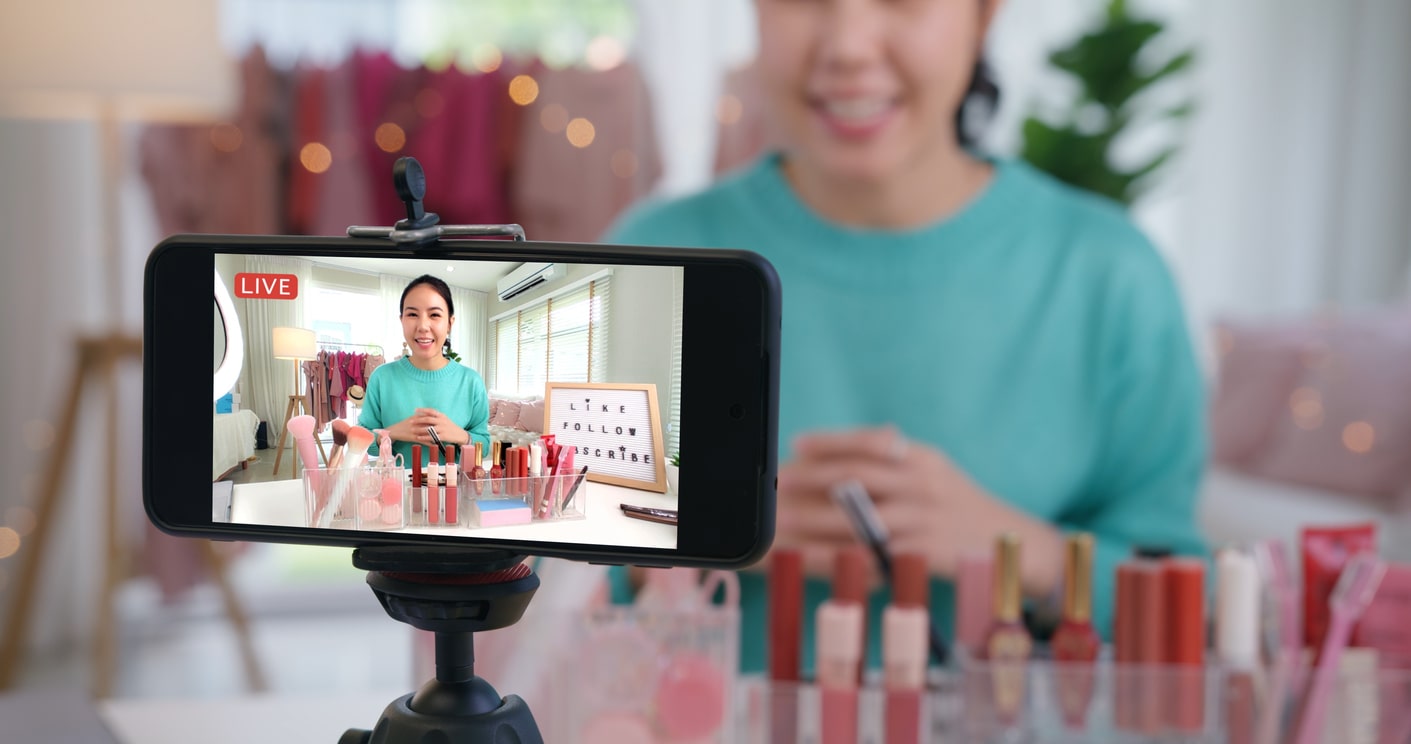Influencer marketing has revolutionized the way brands connect with their target audiences. With the rise of social media and the decline of traditional advertising, leveraging the power of influencers has become a crucial strategy for brands to establish credibility, engage with consumers, and drive sales.
The Evolving Influencer Marketing Landscape
In recent years, influencer marketing has experienced exponential growth. According to Influencer Marketing Hub, the industry was valued at $1.7 billion in 2016; by 2023, it has reached $21.2 billion. This staggering growth indicates the increasing importance of influencer marketing in the digital ecosystem.
The Shift Towards Social Media Influence
One of the key factors driving the rise of influencer marketing is the shift in consumer behavior. New generations are increasingly turning to social media platforms to inform their purchasing decisions. According to a study by Search Engine Watch, a remarkable 71% of consumers’ buying decisions are influenced by social media, while traditional advertising is losing ground as consumers grow more skeptical. A survey conducted by Matter revealed that only 38% of consumers trust recommendations from brands, while 61% trust recommendations from family members, friends, or influencers on social channels.
Partnering with influencers allows brands to tap into this trust and build strong relationships with their target audiences. By promoting products and services in an authentic and cost-effective manner, brands can create a sense of community and shared experience that resonates with consumers.

The Power of Influencer Marketing: Measurable Results
The effectiveness of influencer marketing is not just a buzzword; it’s backed by data. According to Influencer Marketing Hub, brands can expect to earn an average of $5.78 for every dollar spent on influencer marketing. This impressive return on investment makes influencer marketing one of the most effective strategies in recent years.
The Rise of Virtual Influencers: Embracing the Metaverse
As the influencer marketing landscape continues to evolve, a new trend has emerged: virtual influencers. These digital avatars, animated characters, and computer-generated models have their own social media accounts, post content, and interact with their followers. Virtual influencers offer unique opportunities for brands in terms of brand safety, creative control, long-lasting partnerships, data ownership, new revenue streams, and a gateway to explore the metaverse.
Why Brands Create Virtual Influencers
The allure of virtual influencers lies in the control and flexibility they offer to brands. By creating their own virtual influencers, brands can shape their image and messaging with complete precision. There are no physical or technical limitations, and the risk involved is significantly reduced. Brands no longer need to worry about sourcing relevant influencers or cost increases. Additionally, brands gain 100% ownership of their virtual influencer’s profits and unlimited creative potential.
Virtual influencers often cater to niche audiences, providing aspirational and highly entertaining content. Despite not being real people, they have captured the attention and affection of audiences. Collaborations between virtual influencers and real-life influencers can expand the reach of campaigns and leverage the strengths of both types of influencers.

Best Practices for Building Influencer Marketing Campaigns in 2023
Now that we understand the evolving landscape of influencer marketing and the rise of virtual influencers, let’s dive into some best practices for building successful influencer campaigns.
1. Set Clear Objectives
Before reaching out to influencers, it’s crucial to define the goals of your campaign. Clearly outline what you want to achieve and establish key performance indicators (KPIs) to track your progress effectively. Whether your objective is to increase brand awareness, drive website traffic, or boost sales, having clear objectives will guide your influencer selection and campaign strategy.
2. Strategize Your Campaign
Creating a well-thought-out campaign strategy is essential for success. Align your campaign with your brand’s values and messaging, ensuring that it excites both your team and prospective influencers. Consider the tone, style, and theme of your campaign to create a cohesive and engaging experience for your target audience.
3. Select Influencers Wisely
When choosing influencers to collaborate with, it’s important to find individuals who align with your brand’s values and target audience. Look for influencers who can create high-quality content that resonates with their followers. Consider working with nano- or micro-influencers, as they often have a more dedicated following and can be more affordable than macro-influencers or celebrities.
4. Personalize Your Approach
To foster genuine connections with influencers, personalize your approach when reaching out to them. Avoid generic or forced contributions by providing specific details about your campaign and why you believe they are a perfect fit. Show genuine interest in their work and express how their unique voice and style align with your brand.
5. Negotiate Rates Transparently
When it comes to negotiating rates with influencers, transparency is key. Be upfront about your budget and discuss rates openly with creators who align with your campaign objectives. Establishing a mutually beneficial partnership will ensure a successful collaboration and maximize the value you receive from your influencer marketing efforts.
6. Ensure Quality Control
Maintaining brand consistency and quality control is crucial in influencer marketing campaigns. Each piece of content should align with your brand’s voice, messaging, and visual identity. Set clear guidelines and provide feedback to ensure that the content produced by influencers maintains a consistent look and feel.
7. Measure Success and Optimize
Analyzing the performance of your influencer marketing campaign is essential for continuous improvement. Measure the success of your campaign against the initial KPIs you established. Identify which strategies provided the most value and use these insights to optimize your overall marketing strategy. By leveraging data and analytics, you can refine your approach and drive even better results in future campaigns.
Get Started With Influencer Marketing
Influencer marketing has become an indispensable tool for brands in the digital age. Its ability to establish credibility, engage with audiences, and drive sales has made it a must-have in the modern marketing mix. As the influencer marketing industry continues to grow, brands must allocate budget and resources to tap into their full potential.
See how Bake More Pies can take your influencer marketing to the next level. Contact us!




